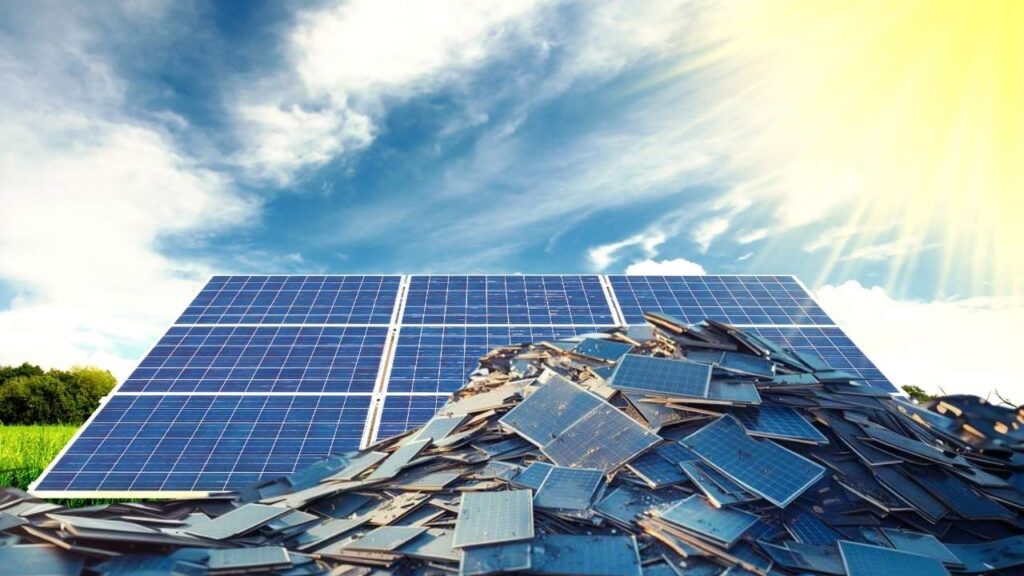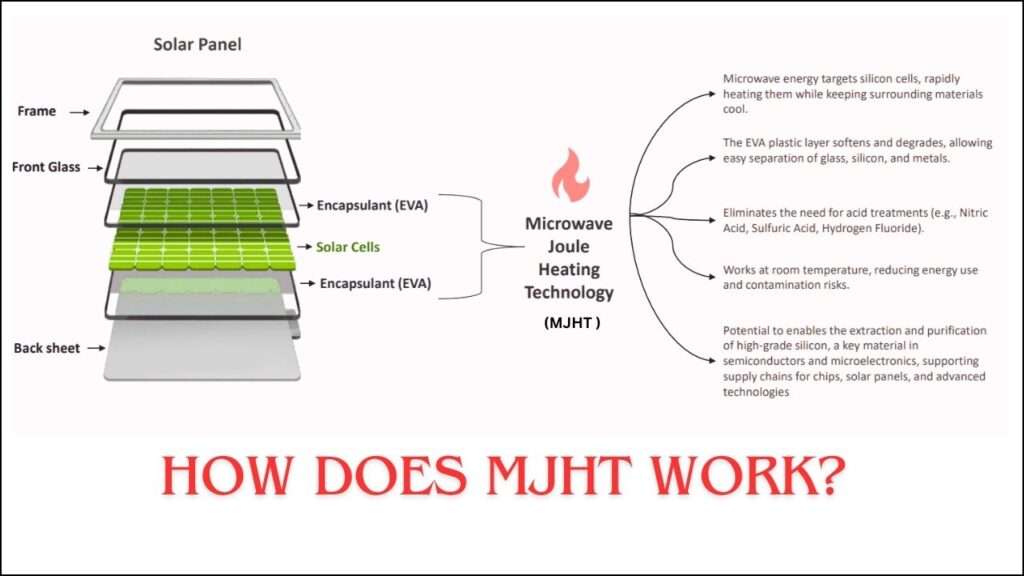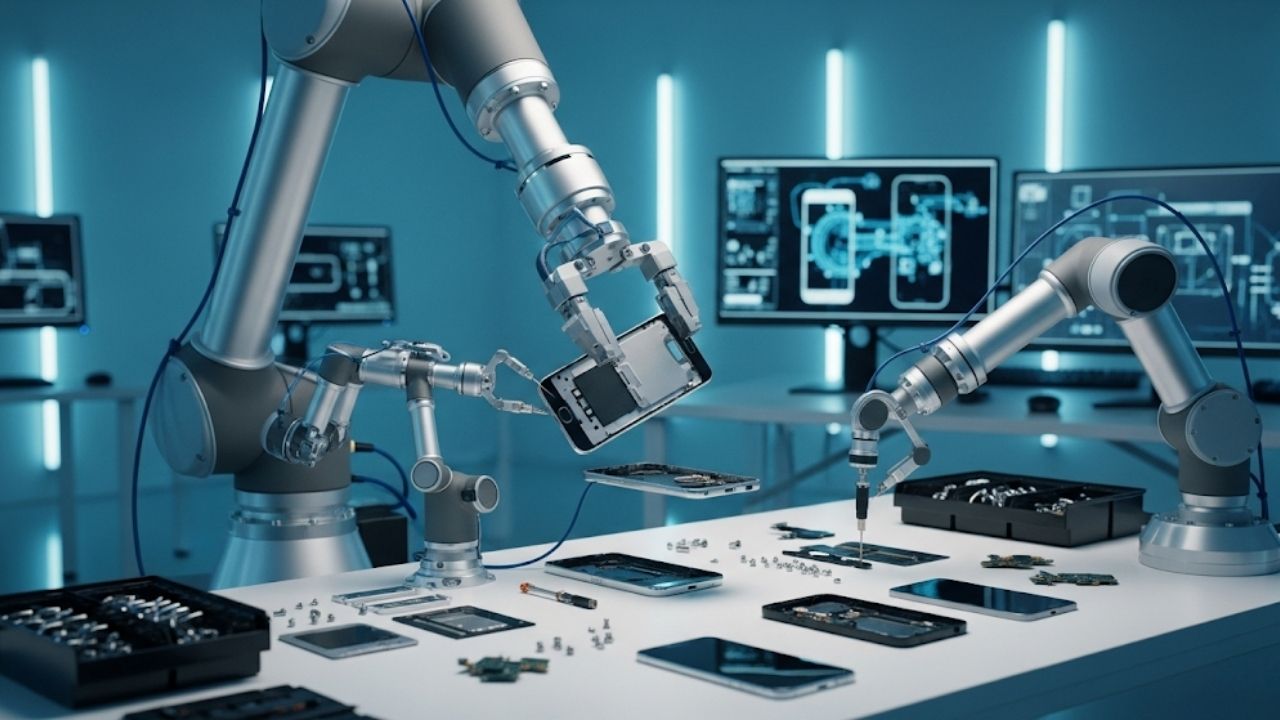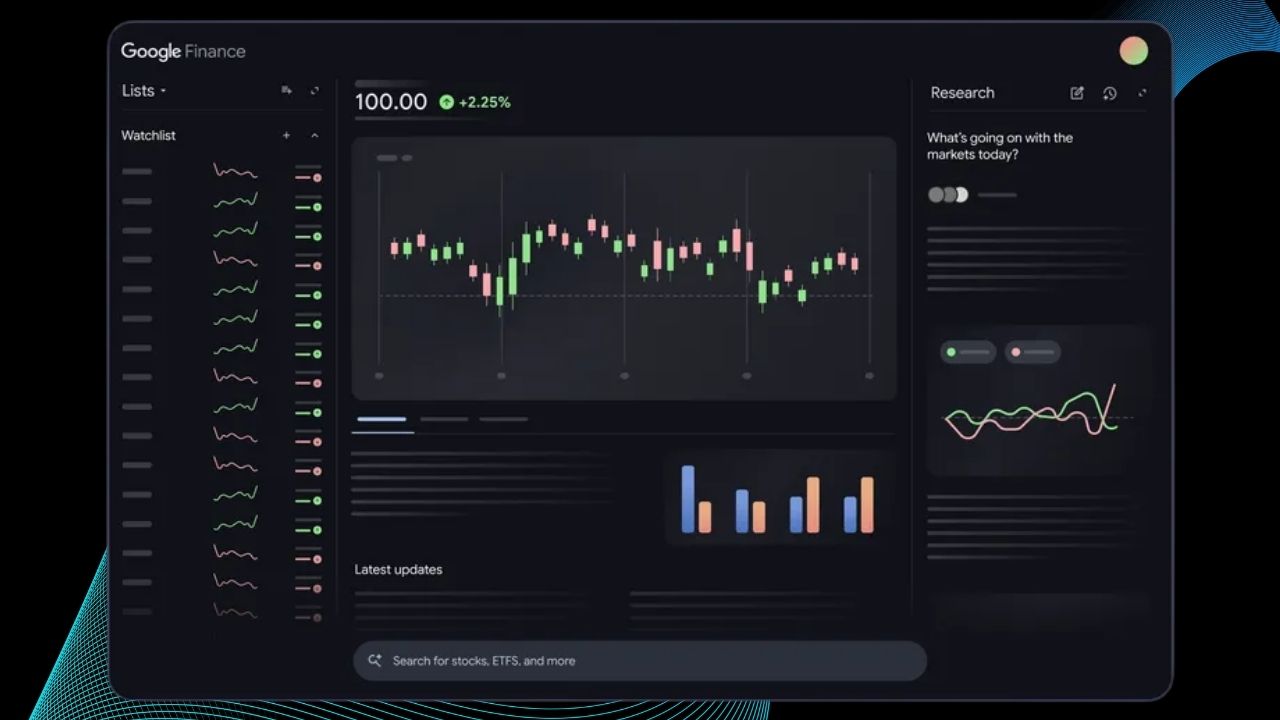Lithium Universe Secures Global Rights: The world is facing a solar waste crisis: by 2050, experts estimate that 60-78 million tonnes of waste photovoltaic (PV) modules will accumulate globally. Yet, only about 15% of these solar panels are currently recycled—the rest end up in landfills, wasting valuable materials and harming the environment. In a groundbreaking move, Lithium Universe Ltd (ASX: LU7) has secured the global rights to a revolutionary solution: Microwave Joule Heating Technology (MJHT), developed by Macquarie University, which promises to transform how we recycle solar panels.

This article explores what this technology means for the planet, the solar industry, and professionals seeking sustainable solutions. Whether you’re a curious student, a sustainability advocate, or an industry expert, this guide will clarify the science, the opportunity, and the practical steps forward.
Lithium Universe Secures Global Rights
| Feature/Stat | Details & Insights |
|---|---|
| Technology Name | Microwave Joule Heating Technology (MJHT) |
| Developer | Macquarie University |
| Global Rights Holder | Lithium Universe Ltd (ASX: LU7) |
| Current Solar Panel Recycling Rate | ~15% globally |
| Projected Solar Waste (by 2050) | 60-78 million tonnes |
| Critical Materials Recovered | Silver, Silicon, Gallium, Indium |
| Material Recovery Rate | Over 95% by value |
| Environmental Impact | No hazardous chemicals, low emissions, avoids high-temperature processing |
| Commercial Strategy | Integration with existing facilities, scalable for mass production |
| Official Website | Lithium Universe |
Lithium Universe’s acquisition of global rights for Microwave Joule Heating Technology marks a turning point in solar panel recycling. By enabling the recovery of over 95% of valuable materials without hazardous chemicals or high heat, MJHT offers a scalable, sustainable solution to the world’s growing solar waste problem. This innovation not only protects the environment but also supports the global supply of critical minerals needed for the clean energy transition.
What Is Microwave Joule Heating Technology (MJHT)?
Microwave Joule Heating Technology is a patented process that uses microwave energy to selectively heat the silicon inside a solar panel. This causes the EVA (ethylene vinyl acetate) encapsulant—the glue that holds the panel layers together—to soften. Once softened, the panel can be delaminated at room temperature, meaning the valuable materials inside can be separated and recovered without destroying them.
Why Is This a Big Deal?
Traditional recycling methods are tough on solar panels:
- They use mechanical shredding and smelting at temperatures up to 1,400°C.
- They often rely on hazardous chemicals.
- They mostly recover only low-value materials like glass and aluminum.
- They can destroy or contaminate high-value materials such as silver and silicon.
MJHT changes the game:
- No toxic chemicals or high heat.
- Minimal emissions compared to burning or melting.
- Critical metals like silver, silicon, gallium, and indium are recovered in near-original condition.
- Over 95% recovery by value—a huge leap over traditional methods.
Why Does Solar Panel Recycling Matter?
Solar panels are designed to last 20-30 years, but as the global push for renewable energy accelerates, millions of panels are reaching the end of their life every year. If not recycled, these panels:
- Occupy landfill space.
- Leach hazardous substances into soil and water.
- Waste valuable, finite resources needed for new technology.

Fact: The world could see a “tsunami” of solar waste by mid-century. Recovering critical materials from this waste is both an environmental necessity and a business opportunity.
How Does MJHT Work? A Step-by-Step Guide
1. Selective Microwave Heating
- Microwaves target the silicon in the solar panel.
- The EVA encapsulant softens, allowing the panel’s layers to separate.
2. Room-Temperature Delamination
- Unlike traditional methods, there’s no need for high temperatures or harsh chemicals.
- The process is gentle, so valuable materials aren’t damaged.
3. Material Recovery
- Silver, silicon, gallium, and indium are extracted in high purity.
- Even the front glass and back sheet can be separated and reused.

4. Minimal Emissions
- The only emissions come from heating the encapsulant plastic, and these are much lower than incineration or smelting.
5. Integration and Scalability
- MJHT can be integrated into existing recycling facilities.
- It can be scaled for mass production without major infrastructure changes.
Practical Advice: How Can Industry and Communities Benefit?
For Recycling Companies
- Upgrade existing facilities with MJHT to increase recovery rates and profit margins.
- Reduce operational costs by eliminating the need for hazardous chemicals and high-energy furnaces.
For Solar Manufacturers
- Promote closed-loop manufacturing by sourcing recycled critical materials.
- Meet regulatory and sustainability targets more easily.
For Policymakers
- Encourage adoption of advanced recycling technologies through incentives and regulations.
- Support research and development for further improvements.
For Investors and Professionals
- Monitor Lithium Universe’s progress as a potential leader in the clean tech sector.
- Explore new business models around critical mineral recovery and circular economy practices.
Real-World Example: The Impact of MJHT
Imagine a city with 100,000 discarded solar panels. Using traditional methods, only about 15,000 panels’ worth of material would be recycled, mostly low-value glass and aluminum. The rest—especially the valuable silver and silicon—would be lost.
With MJHT, over 95% of the value from all 100,000 panels could be recovered, including critical metals needed for new solar panels, batteries, and electronics. This not only reduces waste but also creates new supply chains for high-tech industries.
Physicists Develop Groundbreaking Technique to Encode Secret Messages Using the Laws of Motion
FAQs About Lithium Universe Secures Global Rights
What is Microwave Joule Heating Technology (MJHT)?
MJHT is a patented process that uses microwaves to selectively heat the silicon in solar panels, softening the encapsulant so that valuable materials can be separated and recovered at room temperature.
Why is solar panel recycling important?
Recycling prevents millions of tonnes of solar panels from ending up in landfills, recovers valuable materials, and reduces environmental pollution.
What materials can be recovered with MJHT?
Silver, silicon, gallium, and indium—critical for electronics and clean energy technologies—can be recovered in high purity, along with glass and other components.
How is MJHT better than traditional recycling methods?
MJHT avoids the use of hazardous chemicals and high temperatures, achieves higher recovery rates, and produces less pollution.
Can MJHT be used in existing recycling plants?
Yes, the technology is designed to be integrated into current facilities and scaled for mass production without expensive infrastructure changes.
Who owns the global rights to MJHT?
Lithium Universe Ltd (ASX: LU7) has secured the exclusive global rights to commercialize MJHT through an agreement with Macquarie University and the acquisition of New Age Minerals.










